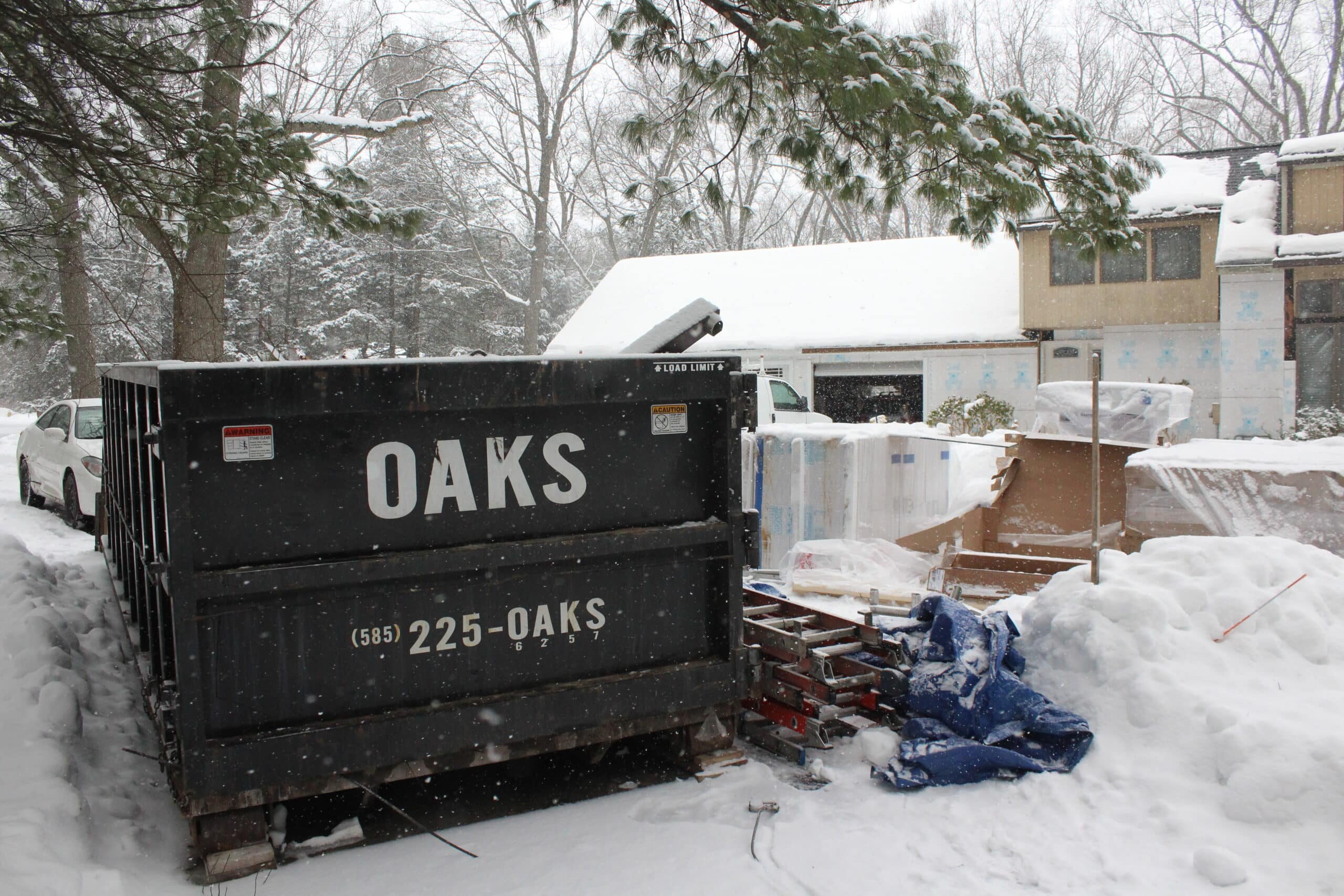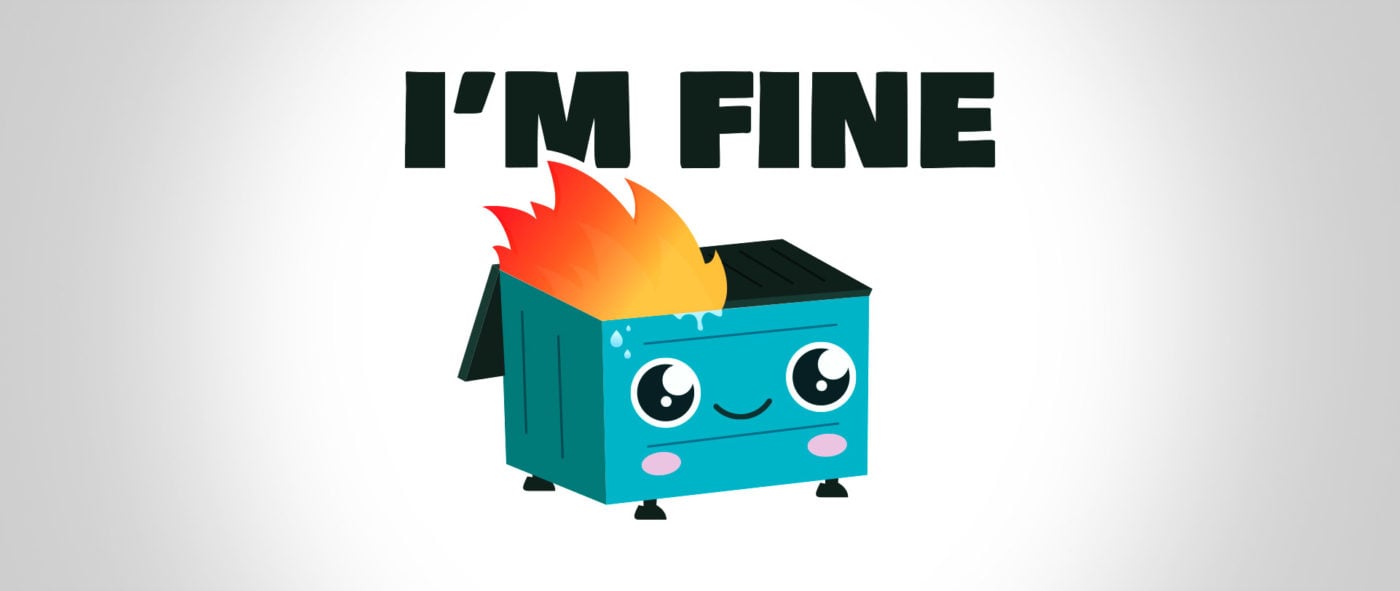In an ideal world, everyone would recycle every plastic product they use. Unfortunately, recycling isn’t always intuitive. There’s so much information necessary to the process and with everyone’s busy lives, it can be hard to find the time and energy to figure everything out. Often, it’s easier to simply toss everything into one garbage can and be done with it.
Especially as we celebrate Earth Day in April, practicing better recycling habits can be a great way to celebrate and support our planet. Learning more about the recycling process is an easy place to start.
What do the numbered recycling symbols on the bottom of different plastics mean? We’ll walk you through it.
Types of Recycling
Three main types of recycling are used to process our discarded items. First, there’s mechanical recycling; all mechanically recycled material becomes something new without changing chemically. This is typically what happens with paper, glass, and some plastics.
There’s also chemical recycling which is a relatively new concept. Chemically altering recyclables can turn them into the pure, raw materials they’re made of in order to be used again.
The third type of recycling is energy recycling. Plastics are incinerated and turned into thermal and electrical energy which is then converted into fuel.
You can and should recycle all sorts of things: plastics, cans, paper, cardboard, electronics, and glass are all recyclable. Plastics are the most common unrecycled waste despite being the easiest to make into something new. That said, all plastics are not created equally and that’s when recycling codes come in.
Defining Recycling Codes
Recycling codes are the tiny numbers embossed on plastic products in the triangular recycling symbol. Even if you see the symbol, it doesn’t necessarily mean the item it’s on is recyclable. The point of recycling codes is just to clarify what kind of plastic the object is made out of. Recycling codes differ around the world but in the United States there are seven different plastic types.
7 Plastic Symbols for 7 Types of Plastic
Each type of plastic has its own recycling code symbolized by a number.
- PET(E) – Polyethylene Terephthalate. Plastic bottles fall under this category, as do some plastic food containers, like peanut butter containers and condiment bottles. These are among the easiest and most in-demand plastics to recycle. You can go to any supermarket and find countless #1 PET(E) codes on plastics there and many companies are eager to tout their use of recycled plastic with their products.
- HDPE – High Density Polyethylene. This recycling code is often seen on milk jugs and juice bottles, laundry detergent, shampoo bottles, yogurt tubs, and some medication bottles.These are all recyclable. Plastic bags also fall under this category though it’s important to note that plastic bags and other flimsy plastics usually aren’t recyclable. Make sure to check if your local recycling center accepts them before you toss them in the bin.
- PVC – Polyvinyl Chloride. This type of plastic may be a more familiar combination of letters than the previous two recycling codes. This plastic is often found in siding and pipes for your home and sometimes in floors and window frames. Usually #3 PVC plastics aren’t recyclable, at least not in a traditional sense. If you need to dispose of PVC plastics, check with your local waste management center to see if there’s something you could do with it other than just trash it. Also important to note is that PVC is not a healthy plastic to store food in or cook with. It actually has some very toxic chemicals in it, so be careful!
- LDPE – Low-Density Polyethylene. LDPE is actually composed of a mishmash of plastic objects. Some plastic bags fit in this type of plastic instead of under #2. Ziploc bags and plastic wrap also usually fall into this category as well as some food containers. This type of plastic is rarely recycled despite being the most widely used plastic in the world. You’re safe to throw these in the regular trash though if you’re really serious about sustainability, you can try to figure out something creative to do with them instead of tossing them.
- PP – Polypropylene. This plastic has a high melting point so it’s great to use for anything that might get hot, such as bottles for hot beverages and microwavable containers—though experts recommend heating glass instead of plastic, because chemicals from the plastic can still leak through to the food and cause hormone imbalances and even asthma. Disposable cutlery and diapers are often made of #5 plastic. Thanks to advancements in recycling technologies, #5 PP plastic is becoming more easily recyclable but not everyone is able to accept it. Research your local options before you decide where to dispose of it. Make sure it’s clean before you throw it in the recycling bin! Dirty diapers and food waste cannot be processed by the recycling systems.
- PS – Polystyrene. PS is more commonly known as styrofoam. This plastic is what many takeout containers and egg cartons are made of and you can even find it inside of bike helmets. #6 PS plastic is difficult to recycle; products made with it are mostly air so it’s easy for these items to fall apart and spread outside. It’s not a healthy plastic to consume so it can be very harmful to animals in the environment. This is a developing area in recycling but as of now it’s not usually accepted at most recycling facilities. It’s recommended that when it’s time to toss #6 PS plastic, you tie it up in a plastic bag first to make sure it doesn’t spread anywhere even if it does fall apart in the disposal process.
- O – Other. The final type of plastic consists of everything else. This includes polycarbonate (PC), which scientists are continuing to find is quite harmful. PC is used in some baby bottles and has been the subject of much controversy. This plastic type is rarely recyclable, especially if it’s PC. While #7 O plastics are most commonly polycarbonate, this category also consists of any new plastics that crop up including PLA (polylactic acid), which is derived from plants.
All of these codes can be a lot to memorize. The most important thing to remember is that #1 and #2 plastics are always recyclable so be sure to dispose of these materials properly. Numbers 3 through 6 can be recycled in some places, though 7 is almost never recyclable.
Oaks Dumpster Rental: Quality You Can Trust
At Oaks Dumpster Rental, we offer various dumpster sizes to meet your needs. Our dedicated representatives are always here to answer questions so your rental process goes smoothly. Call or contact us today, and we’ll be happy to help.



